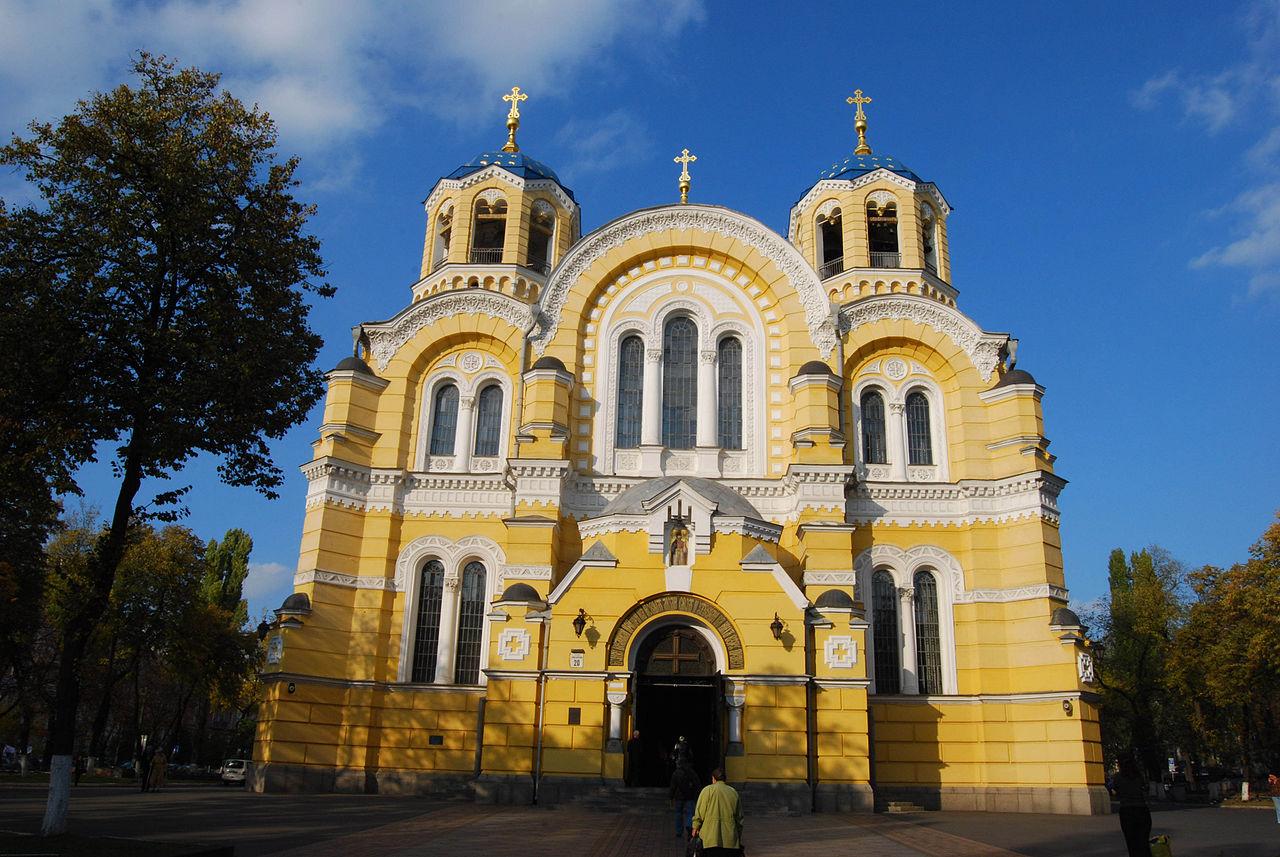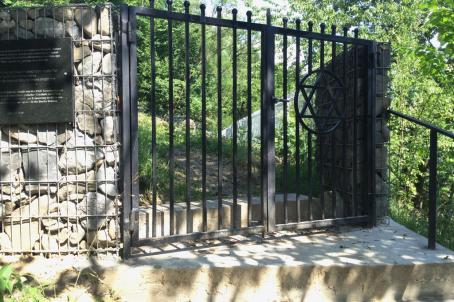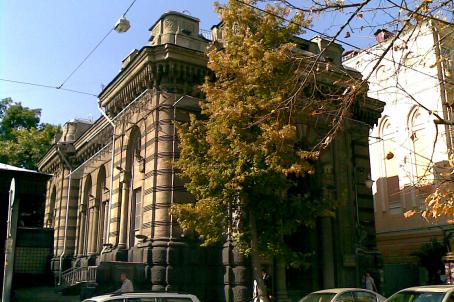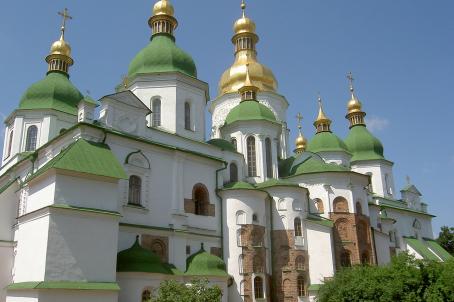St Volodymyr's Cathedral
The Volodymyrsky Cathedral was built between 1862 and 1882 in the Russian neo-Byzantine style, but the interior decoration, including many symbolist frescoes, was not completed until 1896. During the Soviet period, the cathedral escaped demolition but not closure, and during the Second World War, it became a museum of religion and atheism. After the war, the cathedral was reopened as one of the few functioning Orthodox churches in the USSR. Since 2018, the church has been the mother cathedral of the new Ukrainian Orthodox Church, which seceded from the Patriarch of Moscow.






